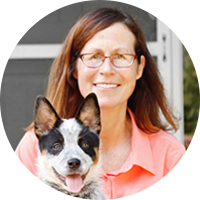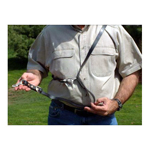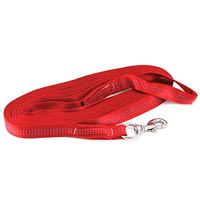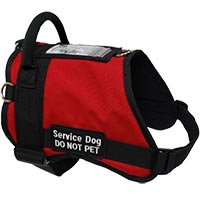May 18, 2011
Can you explain the main role of the helper or agitator in the protection phase of police service work?
Full Question:
Can you explain the main role of the helper or agitator in the protection phase of police service work? 
 Ed's Answer:
Ed's Answer:
Once a dog reaches the point where it has gone through bite development and has been accepted as a candidate for police service dog training, the role of the helper changes. In bite development the helper is the motor behind the prey item (rag, puppy tug, sleeve and body bite suit). But when a dog is being prepared for the street it must change its view of the helper from buddy to "FIGHTING PARTNER." This means that the helper is now someone to be careful of. He is someone who can hurt you, and even though the dog possesses the skills to defeat the helper he must still be careful in how he approaches the fight.
A properly trained police service dog does not approach a helper like a schutzhund dog. He does not set up 1 foot in front of the helper and bark at him. Rather he stands back away from the helper 5 to 10 feet and barks at him. If the helper try's to fight or flee the dog then attacks. Sport dog people who don't have enough experience will watch a service dog run up on a helper and with his hair up a little on the back stand 10 feet away and bark. They will say that this is a sign of weak nerves. They are 100% wrong - this is the sign of a well trained dog that is prepared for a fight. The hair up tells us that the dog is taking this encounter very seriously. He is not looking at the helper as a prey item but rather as someone who can hurt him.
A properly trained police service dog does not approach a helper like a schutzhund dog. He does not set up 1 foot in front of the helper and bark at him. Rather he stands back away from the helper 5 to 10 feet and barks at him. If the helper try's to fight or flee the dog then attacks. Sport dog people who don't have enough experience will watch a service dog run up on a helper and with his hair up a little on the back stand 10 feet away and bark. They will say that this is a sign of weak nerves. They are 100% wrong - this is the sign of a well trained dog that is prepared for a fight. The hair up tells us that the dog is taking this encounter very seriously. He is not looking at the helper as a prey item but rather as someone who can hurt him.
100% (1 out of 1)
respondents found this answer helpful


Can't find what you're looking for?






